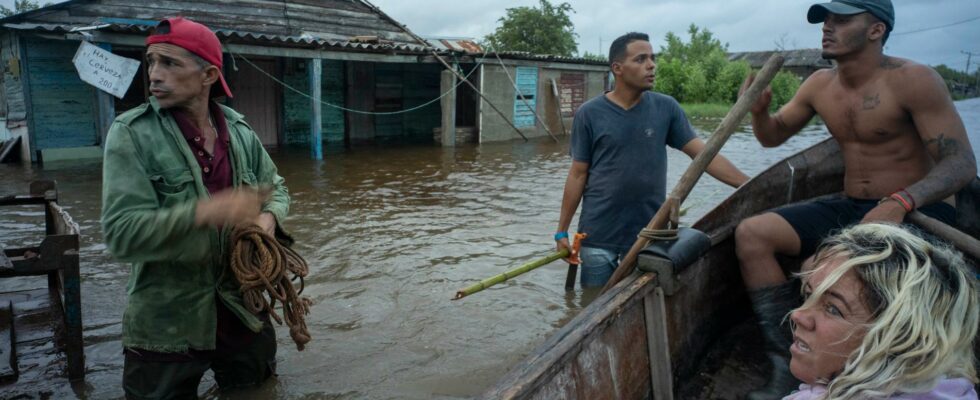unsaveSave
expand-left
full screen Storm Helene caused major flooding in Cuba when it passed there earlier this week, on Thursday it is expected to hit the United States. Picture of the day on Wednesday. Photo: Ramon Espinosa/AP/TT
Schools are closing and people are being evacuated as parts of the US southeast coast prepare for Hurricane Helene – which is expected to be unusually strong.
– Don’t compare it to any other storm you’ve experienced in recent years, warns Robbie Berg, coordinator for hurricane warnings.
The storm has previously led to flooded streets, fallen trees and power outages as it passed through Cuba and Mexico’s Yucatán Peninsula. As it now moves towards the southeastern coast of the United States, it has strengthened further.
The hurricane is expected to hit Florida on Thursday evening, local time, but could also affect areas in Georgia and as far up as North and South Carolina. Large parts of the southeastern United States may experience power outages, downed trees and dangerous flooding.
In the northern part of Florida, the hurricane risks creating a life-threatening storm surge with water levels that can rise up to 6.1 meters.
Robbie Berg, warning coordinator at the National Hurricane Center, also advises Floridians accustomed to hurricanes and storms to take Helene seriously.
– Please do not compare it to any other storm you have experienced in recent years, he says.
According to Phil Klotzbach, a researcher at the Hurricane Research Center at Colorado State University, Helene is expected to be one of the largest storms in terms of width in years. Since 1988, only three storms have been more extensive than what Helene is expected to be.
